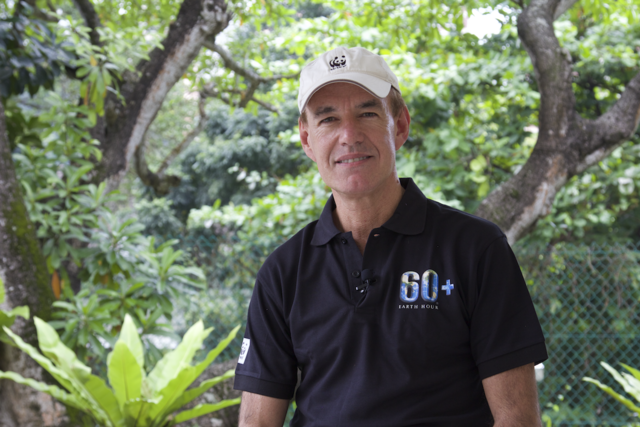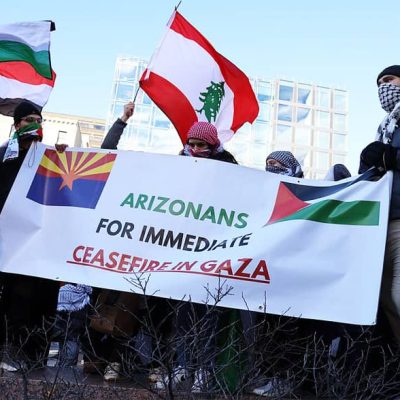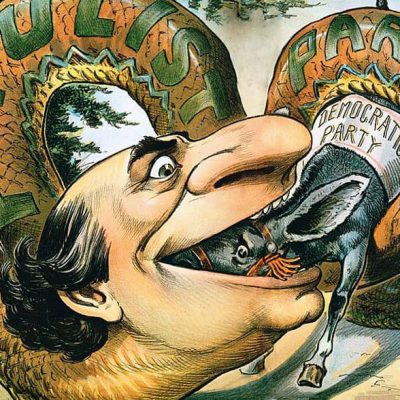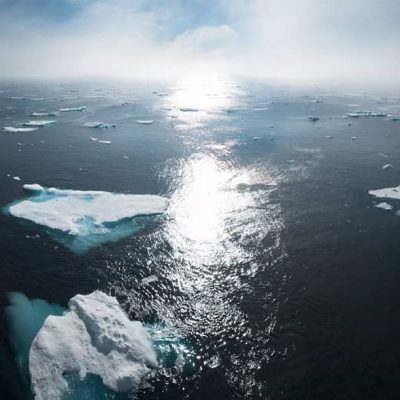 Appeals
Appeals
Biodiversity: A Pledge, Now Action.
Featured Image: Photo by Jeevan Katel on Unsplash.
In the early hours of 19 December 2022, the delegates to the U. N. Convention on Biodiversity (COP 15) reached an agreement on a Biodiversity Framework after 12 days of intense negotiations. The theme of COP 15 was:
«Ecological Civilization: Building a shared future for all life on earth».
There were some 15,000 persons present during the meetings: government delegates, some 70 Non-governmental Organizations, academic research institutes and business companies. The global biodiversity framework, to be called the «Kunming-Montreal Framework » sets out to protect at least 30 percent of the world’s land and water by 2030. Montreal is the headquarters of the U.N. Secretariat of the Convention on Biodiversity. Kunming is the city in the People’s Republic of China where the conference was to be held but was changed because of COVID 19 restrictions.
The restoration of degraded areas costs money without necessarily bringing in new financial wealth.
There is general agreement among specialists that world-wide there is a loss of biodiversity due to a number of factors such as increase in monoculture agriculture, livestock grazing, the loss of forest lands through lumbering and firewood gathering, overuse of pesticides and the growth of urbanization. Many ecosystems are under stress and facing degradation. The tree and plant cover of the world have been taking increasing losses in almost all parts of the world. There is also the impact of climate change and a lack of rainfall in some parts of the world.
As with many U.N. conferences, a key issue of discussion is finance. The protection of biodiversity and the restoration of degraded areas costs money without necessarily bringing in new financial wealth. There is a Global Environment Facility which is called upon to manage increase funds.
It is hoped that non-governmental organizations can play a vital role at the international level on biodiversity protection. At the national level in many countries, non-governmental organizations have played an important role in the creation of national parks and protected areas. Can they play a vital role at the international level? While there are some long-standing international ecological organizations, none yet have been able to mobilize a wide international public opinion.
However, what was new at Montreal was the concerted effort of women’s organizations to have a gender focus put into the Framework for the first time. They were successful, and the Framework states that the Framework should :
«Ensure gender equality in the implmementation of the Framework through a gender-responsive approach where all women and girls have equal opportunity and capacity to contribute to the objectives of the Convention, including by recognizing their equal rights and access to land and natural resouces and their full, equitable, meaningful and informed participation and leadership at all levels of action, engagement, policy, and decision-making related to biodiversity.»
There is also a growing movement among young people for the safeguard of biodiversity who may watch closely at the ways the Framework leads to action. As Marco Lambertini, Director General of World Wildlife Fund International said:
«The agreement represents a major milestone for the conservation of our natural world, and biodiversity has never been so high on the political and business agenda, but it can be undermined by slow implementation and failure to mobilize the promised resources. Governments have chosen the rights side of history in Montreal, but history will judge all us us if we don’t deliver on the promise made today.»

Marco Lambertini, taken during Earth Hour 2016. By WWF / WWF Earth Hour.
Rene Wadlow, President, Association of World Citizens.

Presidente, Asociación de World Citizens (AWC).
Cursó Estudios de Relaciones Internacionales en La Universidad de Chicago.
Cursó Estudios en el Programa Especial de Civilización Europea en
La Universidad de Princeton
Here are other publications that may be of interest to you.
Prevenir la expansión del conflicto de Gaza: ¿Son posibles las brigadas de paz?
Antony Blinken, el secretario de Estado de Estados Unidos, ha estado nuevamente en Medio Oriente trabajando para evitar que la violencia de la Franja de Gaza se extienda a gran…
Ciudadanos del Mundo Piden un fin Inmediato a las hostilidades entre Israel y Hamás, y por un esfuerzo auténtico de construcción de Paz en Oriente Medio.
Imagen destacada: El impacto del bombardeo israelí sobre un edificio civil en Gaza (2021). Por Osama Eid, CC BY-SA 3.0 https://creativecommons.org/licenses/by-sa/3.0, via Wikimedia Commons. La Asociación de Ciudadanos del Mundo,…
Transformación del Populismo en Europa y las Américas: Historia y Tendencias Recientes.
Imagen de portada: Caricatura de juez de 1896 que muestra a William Jennings Bryan/Populismo como una serpiente que se traga a la mula que representa al Partido Demócrata. Por la…
Día Internacional de los Océanos.
Imagen destacada: Foto de Marek Okon, Unsplash. Es necesario avanzar en las delimitaciones marítimas asiáticas. . El 8 de junio ha sido designado por la Asamblea General de las Naciones Unidas como…
Siria: El Comienzo de una noche de dolor.
Featured Image: Photo by Ahmed akacha: https://www.pexels.com/es-es/foto/gente-demostracion-rally-protesta-7183546/ Por Rene Wadlow. El 13 de marzo de 2011 en Derra, en el sur de Siria, 15 adolescentes fueron arrestados por la policía…
Yemen: Aún se necesita Acción Positiva.
Imagen destacada: El Reino Unido acogió la reunión de Amigos de Yemen el 27 de septiembre de 2012 en Nueva York junto con los coanfitriones del Reino de Arabia Saudita…
Medidas para crear Confianza en Asia-Pacífico: Revertir la Deslizamiento hacia la Violencia.
Imagen destacada: Foto de wu yi, Unsplash Con los militares estadounidenses y chinos comprometidos cerca de Taiwan, un error de cálculo podría conducir a la violencia armada. El conflicto armado en…
Enfoque de la ONU sobre las consecuencias del Cambio Climático.
Imagen destacada: Foto por William Bossen, Unsplash El 20 de marzo de 2023, el Panel Intergubernamental sobre el Cambio Climático (IPCC) publicó un Informe de síntesis basado en sus tres informes…
Medidas efectivas para proteger nuestros océanos
Imagen destacada: Foto por Dave Hoefler, Unsplash. El 4 de marzo de 2023, en las Naciones Unidas en Nueva York, se dio un paso importante hacia la protección de los océanos…
Ruido de Sables en el Mar de China Meridional.
Imagen destacada: El USS John S. McCain realiza una patrulla de rutina en el Mar de China Meridional, el 22 de enero de 2017. El destructor de misiles guiados apoya…









